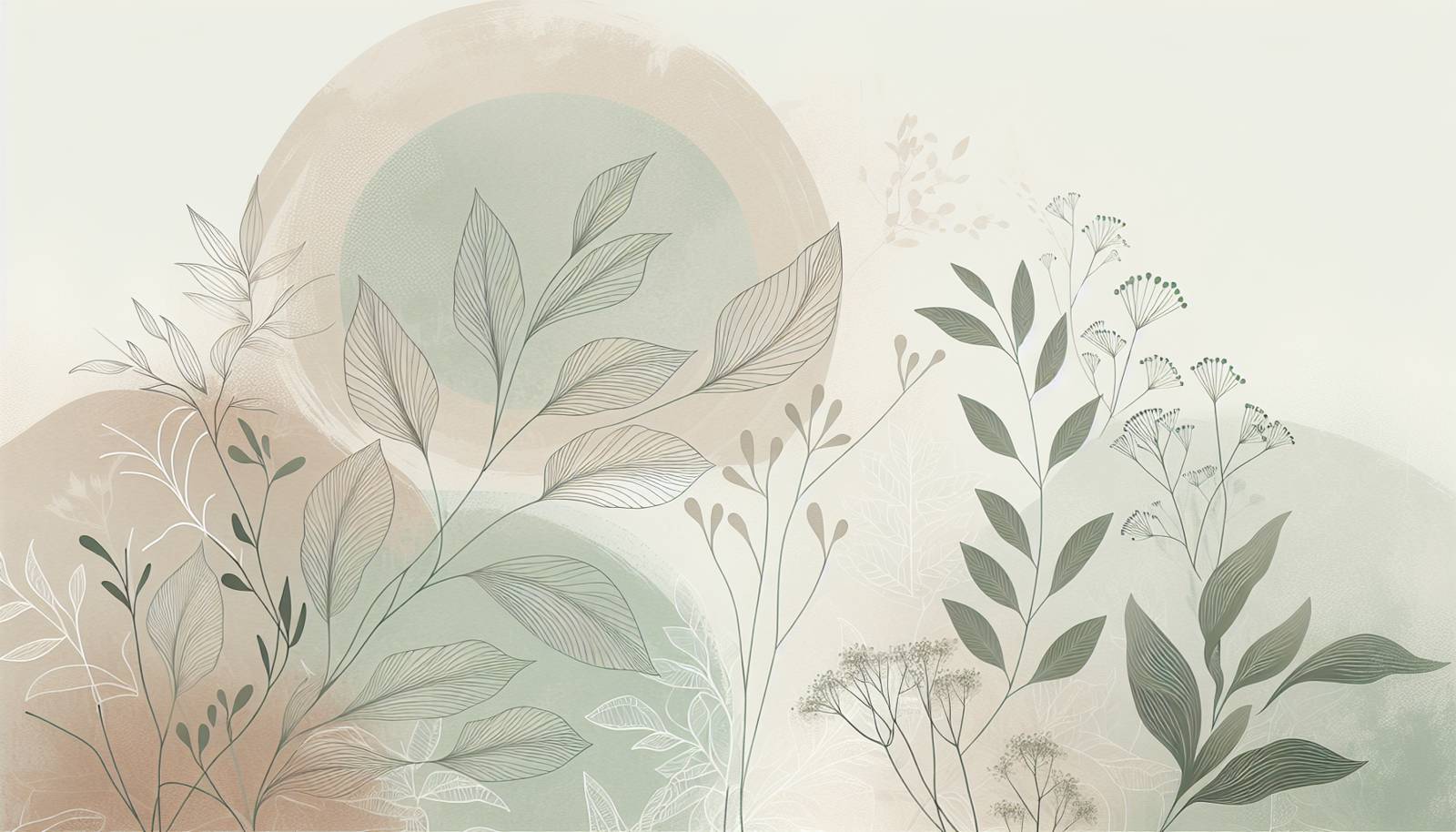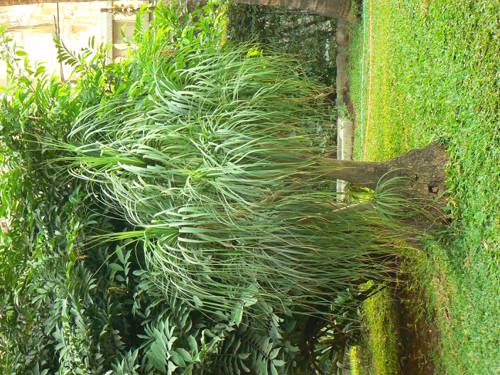
FAQ About Seasonal Stress in Indoor Plants

What causes seasonal stress in indoor plants?
Seasonal stress in indoor plants is primarily caused by changes in environmental conditions such as light, temperature, and humidity. As the seasons change, notably from summer to winter, the amount of natural light decreases, temperatures drop, and indoor heating can alter humidity levels. These factors can disrupt the growth patterns and overall health of indoor plants, potentially leading to stress.

How does reduced light affect indoor plants during seasonal changes?
Reduced light in colder months can significantly affect indoor plants, as most plants rely on adequate sunlight for photosynthesis. Insufficient light can lead to slower growth, weak stems, and paler leaves. Some plants may enter a dormant phase, where growth significantly slows or temporarily halts due to inadequate light exposure.

What are the signs of seasonal stress in indoor plants?
Signs of seasonal stress in indoor plants include yellowing leaves, wilting, leaf drop, stunted growth, and sometimes root rot. Proper diagnosis and adjustment in care can help mitigate these symptoms.

How can I adjust my watering routine for indoor plants in winter?
During the winter months, indoor plants generally require less water due to reduced light and slowed growth. It is essential to let the soil dry out more between waterings to prevent overwatering, which can lead to root rot. Monitoring the soil moisture level can help determine the appropriate watering frequency.

Can using artificial lighting help with seasonal changes in indoor plants?
Yes, using artificial lighting such as grow lights can compensate for the lack of sunlight during shorter days. Positioning grow lights above plants and ensuring they are on for around 10-12 hours per day can help maintain healthy growth throughout the winter months.

How does temperature change affect indoor plants during seasonal transitions?
Temperature changes can cause stress in indoor plants, as they can be sensitive to drafts, sudden drops, or rises in temperature. Most indoor plants prefer stable temperatures and can be affected by placing them near cold windows or heat sources. Ensuring a consistent temperature range helps keep plants healthy.

Should I fertilize indoor plants during the winter?
Fertilizing indoor plants during winter is generally not necessary as their growth slows down due to reduced sunlight and cooler temperatures. Over-fertilizing can harm dormant plants. Fertilizer can be resumed in spring when growth activity increases.

How can I improve humidity for indoor plants during winter?
Indoor heating in winter can dry the air, leading to low humidity levels that stress plants. To increase humidity, you can use a humidifier, place plants on a tray of pebbles with water, or group plants together to create a more humid microenvironment.

Is it normal for indoor plants to lose leaves during seasonal changes?
Yes, leaf drop is a common response to stress caused by seasonal changes like reduced light and lower humidity. However, it's essential to ensure that leaf drop is not excessive or accompanied by other stress signs, which may indicate more severe issues.

What plants are most susceptible to seasonal stress indoors?
Tropical plants like ferns, calatheas, and philodendrons are often more susceptible to seasonal stress due to their higher light and humidity requirements. These plants may exhibit more noticeable stress compared to hardier species like sansevieria and cacti.

How often should I rotate my indoor plants for even light exposure?
Rotating indoor plants every few weeks can help provide even light exposure and promote balanced growth. It helps prevent plants from leaning toward the light source and developing uneven growth patterns.

Can indoor plants recover from seasonal stress?
Yes, with proper care and adjustments, indoor plants can recover from seasonal stress. This includes ensuring appropriate light, temperature, and humidity conditions, along with proper watering and feeding schedules.

Do changes in daylight length affect indoor plant growth?
Yes, changes in daylight length, especially the shorter days of fall and winter, can significantly affect plant growth by reducing their ability to photosynthesize. Some plants may become dormant, slowing their growth until daylight hours increase again.

How should I repot indoor plants during seasonal changes?
Repotting during the growing season—typically spring or early summer—is ideal. However, if a plant shows stress signs such as roots growing out of the pot or severely compacted soil, it may need repotting regardless of the season, ensuring minimal disturbance.

What are some low-light indoor plants that handle seasonal changes well?
Plants like snake plant (Sansevieria), pothos, and ZZ plant (Zamioculcas zamiifolia) are well-suited for low-light conditions and can handle seasonal changes effectively, showing less stress compared to high-light demanding plants.

Why do indoor plants sometimes develop brown leaf tips in winter?
Brown leaf tips in winter are often due to low humidity caused by indoor heating. It can also result from inconsistent watering practices or salt buildup from fertilizers. Improving humidity and adjusting watering can help alleviate this issue.

Can drafts from windows and doors affect my indoor plants during seasonal transitions?
Yes, drafts can expose plants to sudden temperature changes, causing stress or damage. It's important to position plants away from direct drafts near windows and doors, especially during colder seasons.

How can seasonal affect seasonal transitions in my indoor plants?
Seasonal transitions can lead to temperature fluctuations and changes in light levels, both of which can stress plants. Moving plants to more stable environments or using tools like grow lights and humidifiers can help manage these changes.

What are the best practices for acclimating indoor plants to seasonal changes?
Gradually adjusting light exposure, ensuring stable temperatures, maintaining proper humidity, and adjusting watering practices are key to acclimating plants to seasonal changes. Observing plants and adjusting care as needed is essential.

Are succulents affected by seasonal indoor climate changes?
Succulents, while hardy, can still be affected by seasonal changes in light and temperature. They typically require less water in winter and may need to be moved to a brighter spot to ensure they receive adequate light during shorter days.
